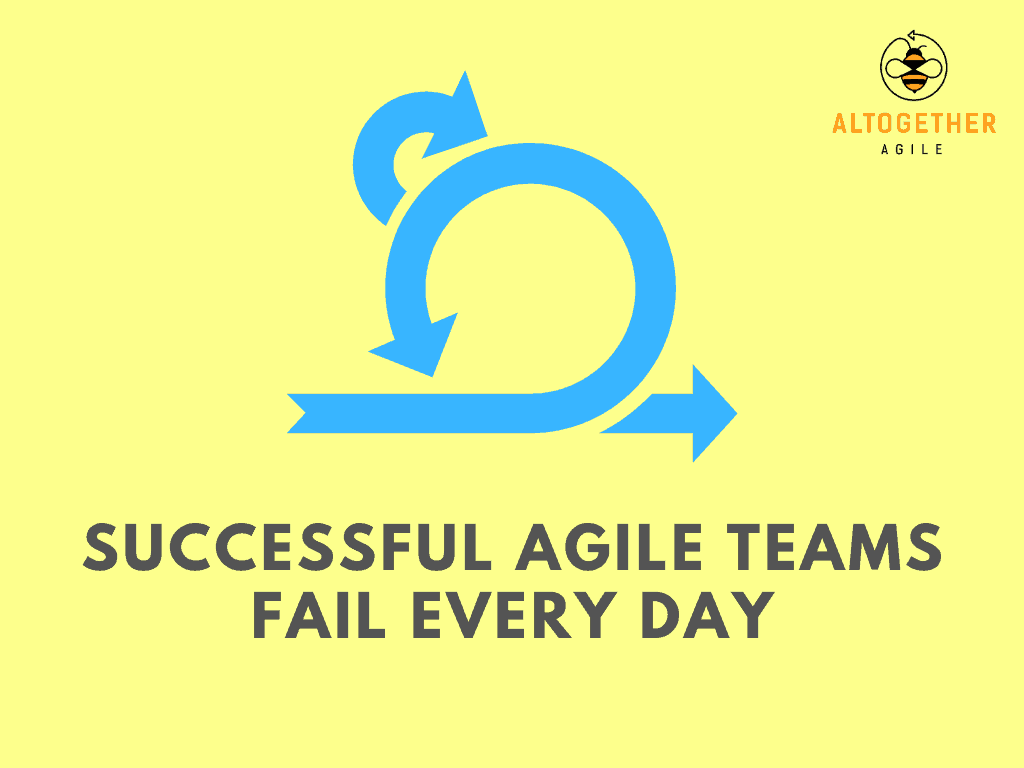Introduction
Are you trying to launch a new product or service, but don’t want to waste time and money on features that might not be important to customers? Understanding MVP meaning can help. MVP stands for Minimum Viable Product, and it means creating a basic version of a product with just the necessary features to test whether it will be successful. This way, you can get feedback from early adopters and potential customers to make improvements before investing too much time and resources.
In this blog post, we will explore the meaning of the technique and how it is related to experimentation, as well as its relationship with other Agile concepts such as MMP (Minimum Marketable Product). The term originated from the Lean Startup approach. The concept has since become widely used across different Agile frameworks, where it is seen as a key strategy for minimizing risks and maximizing value when developing new products or services.
MVP Meaning
MVP refers to the basic version of a product that is developed with the minimum necessary features to test whether the product will be successful or not. It is the smallest possible iteration of a product that can still provide value to customers. The goal is to gather feedback from early adopters and potential customers, so that the product can be improved and refined based on that feedback.
In the words of Eric Ries, author of “The Lean Startup,” an MVP is “the version of a new product which allows a team to collect the maximum amount of validated learning about customers with the least effort.”
MVP and Experimentation
Minimum Variable Products are closely related to experimentation. The idea is to quickly test and validate assumptions about the market and the product, by getting the product in front of early adopters and collecting feedback. This feedback can then be used to refine the product and make it more valuable to customers.

The Lean Startup emphasizes the importance of experimentation, which involves testing different hypotheses about the market and the product, and using data to inform decision-making. MVPs are an important tool for conducting experiments, as they provide a way to quickly test hypotheses and gather feedback.
Examples of MVPs in Action
Here are some examples of successful MVPs:
- Dropbox – Dropbox’s was a simple video demonstrating how the product would work. This helped them gather over 70,000 sign-ups for their product before it was even released. (Source: Forbes)
- Airbnb – Airbnb’s was a simple website that allowed people to rent out air mattresses in their apartment during a conference when all the hotels were booked. (Source: Inc)
- Zappos – Zappos’ was a simple website that featured pictures of shoes. When someone placed an order, the founder would go to the local shoe store, buy the shoes, and then ship them to the customer. (Source: Harvard Business Review)
MMP vs. MVP
While MVP and MMP (Minimum Marketable Product) may seem similar, they are different concepts. A Minimum Variable Products is focused on getting feedback from early adopters, while MMP is focused on delivering value to the broader market.
As Jeff Patton, Agile coach and author, puts it, “The MVP is a way to deliver just enough value to get feedback. The MMP is a way to deliver just enough value to get revenue.”
MMPs are the minimum set of features that are necessary for a product to be marketable and sellable. MMPs are often developed after the MVP has been tested and refined based on customer feedback.
MVPs Across Agile Frameworks
MVPs have become widely used across different Agile frameworks, including Scrum, Kanban, and Extreme Programming (XP). In Scrum, for example, the Product Owner is responsible for defining the minimum features and prioritising the product backlog based on feedback from stakeholders and customers.
In Kanban, they are used to prioritise work and ensure that the team is delivering value to customers as quickly as possible. In XP, they are used to focus on the most critical features and avoid over-engineering the product.
Conclusion
MVPs are a powerful tool for minimizing risks and maximizing value when developing new products or services. The concept originated from the Lean Startup methodology, but has since become widely used across different Agile frameworks. It allows teams to quickly test assumptions, gather feedback, and make data-driven decisions to improve the product. Minimum Viable Products are closely related to experimentation, and are often developed iteratively based on customer feedback. By releasing early, companies can save time and resources by avoiding the development of features that customers may not want or need.
As agile frameworks continues to evolve, they will likely remain a key strategy for developing new products and services. By focusing on delivering value to customers and continuously testing and refining the product, companies can increase their chances of success in today’s rapidly changing marketplace.
References:
- Ries, E. (2011). The Lean Startup: How Today’s Entrepreneurs Use Continuous Innovation to Create Radically Successful Businesses. Crown Business.
- Blank, S. (2013). Why the Lean Start-Up Changes Everything. Harvard Business Review. https://hbr.org/2013/05/why-the-lean-start-up-changes-everything
- Yeoman, R. (2014). How Dropbox Started as a Minimum Viable Product. Forbes. https://www.forbes.com/sites/robertyeoman/2014/06/25/how-dropbox-started-as-a-minimum-viable-product/?sh=7a8f95124062
- Meyer, C. (2016). How Airbnb Became the $30 Billion Company It is Today. Inc. https://www.inc.com/magazine/201602/chris-meyer/airbnb.html
- Blank, S. (2013). The Secret History of Zappos’ $1.6 Billion Sale to Amazon. Harvard Business Review. https://hbr.org/2013/11/the-secret-history-of-zappos-16-billion-sale-to-amazon
- Patton, J. (2014). The Difference Between a Minimum Viable Product and a Minimum Marketable Product. Agile Connection. https://www.agileconnection.com/article/difference-between-minimum-viable-product-and-minimum-marketable-product
- Agile Alliance. (n.d.). Minimum Viable Product. https://www.agilealliance.org/glossary/minimum-viable-product-mvp/




